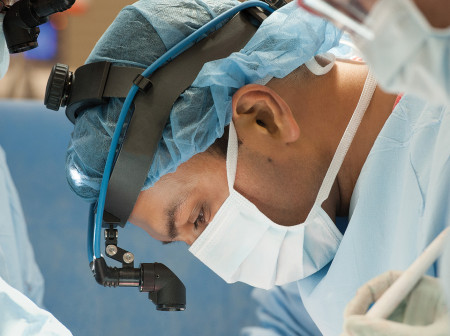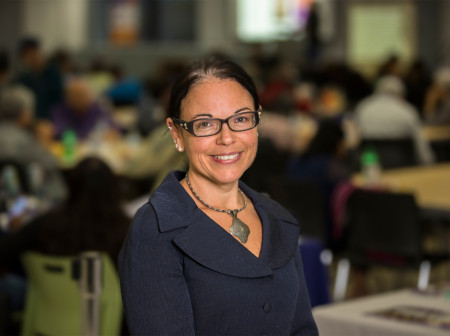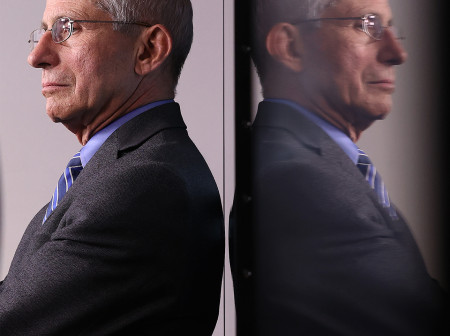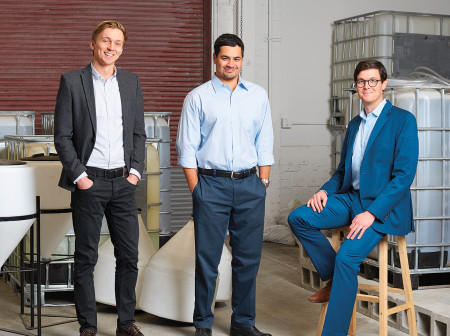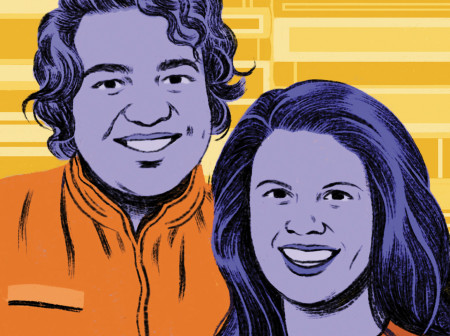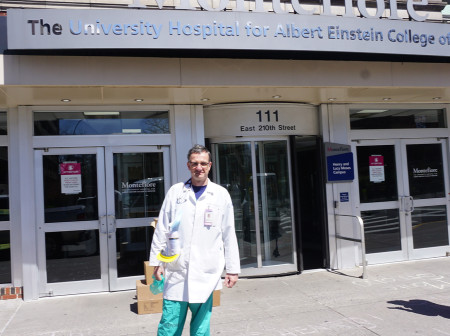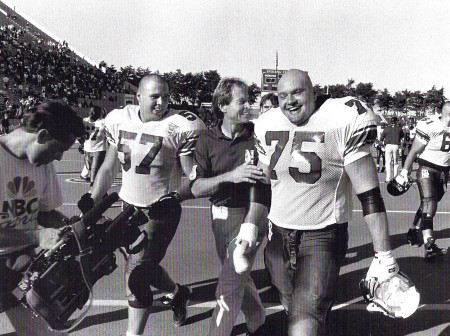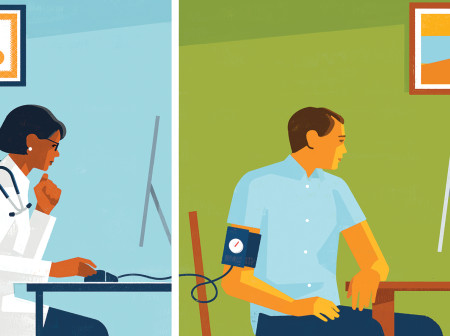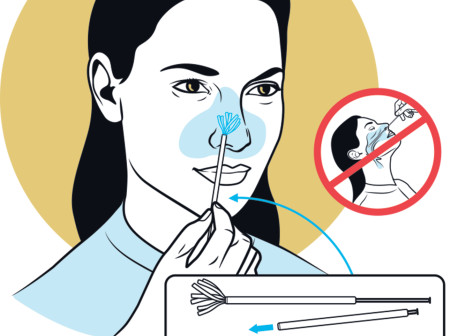Health & Science
Northwestern Medicine surgeons perform double-lung transplants, giving new life to eight COVID-19 survivors.
Seeing her own family members treated unfairly in health care settings gave Melissa Simon ’06 the resolve to become a doctor and change health care from the inside. Today, she combines research and community outreach to reduce gaps in health care services for medically underserved communities.
I’m a social psychologist working in industry, so understanding “winning” qualities of leadership has always been a particular curiosity for me. Because of his direct and candid approach, knowledge of the facts and quiet leadership, people listen to and respect Anthony Fauci — the unwitting hero of 2020.
Lithium is the lightest metal on the periodic table and can charge quickly into a variety of electrode materials, making it uniquely valuable for batteries. Lilac Solutions aims to deliver a sustainable solution to the global lithium-supply problem.
In the wake of the coronavirus, life will never quite return to “normal.” We asked Northwestern professors to weigh in on how life has been transformed as a result of the pandemic.
As communities across Illinois respond to the COVID-19 pandemic and brace for its long-term effects, mental health and wellness are central to the recovery strategy. Rachel Bhagwat ’12 and Anthony Guerrero ’14, ’18 MS are on the team leading that effort at NAMI Chicago, an affiliate of the National Alliance on Mental Illness.
When New York's Montefiore Medical Center admitted its first COVID-19 patient on March 11, Albert Einstein School of Medicine professor of medicine Kenneth J. Schaefle ’90 was pulled in alongside many others to help with the COVID response.
Emergency medicine physician and former Wildcats offensive lineman Ryan Padgett ’97 was one of the first healthcare workers in Washington state to test positive for COVID-19. His harrowing story has become both a symbol of hope and a cautionary tale about the dangers of the global pandemic.
The coronavirus pandemic forced patients and doctors to engage via video and phone — and made virtual visits mainstream. Doctors say video visits and phone check-ins advance the delivery of health care by removing physical barriers, while also increasing privacy and reducing stigma.
Early in the coronavirus pandemic it became clear that a shortage of testing supplies was one of the bottlenecks that limited more expansive testing. Matthew Grayson, professor of electrical and computer engineering, assembled a team to design a patent-pending prototype for a nasal swab.
